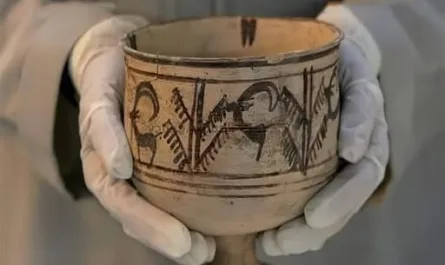Unsolved mystery of the musical pillars in Nellaiappar Temple since 1300+ years…!! A cluster of 48 pillars was carved from a single rock, and these pillars surround a central pillar. They produce the 7 musical notes when tapped! Nellaiappar Temple in Tirunelveli, Tamil Nadu, India.
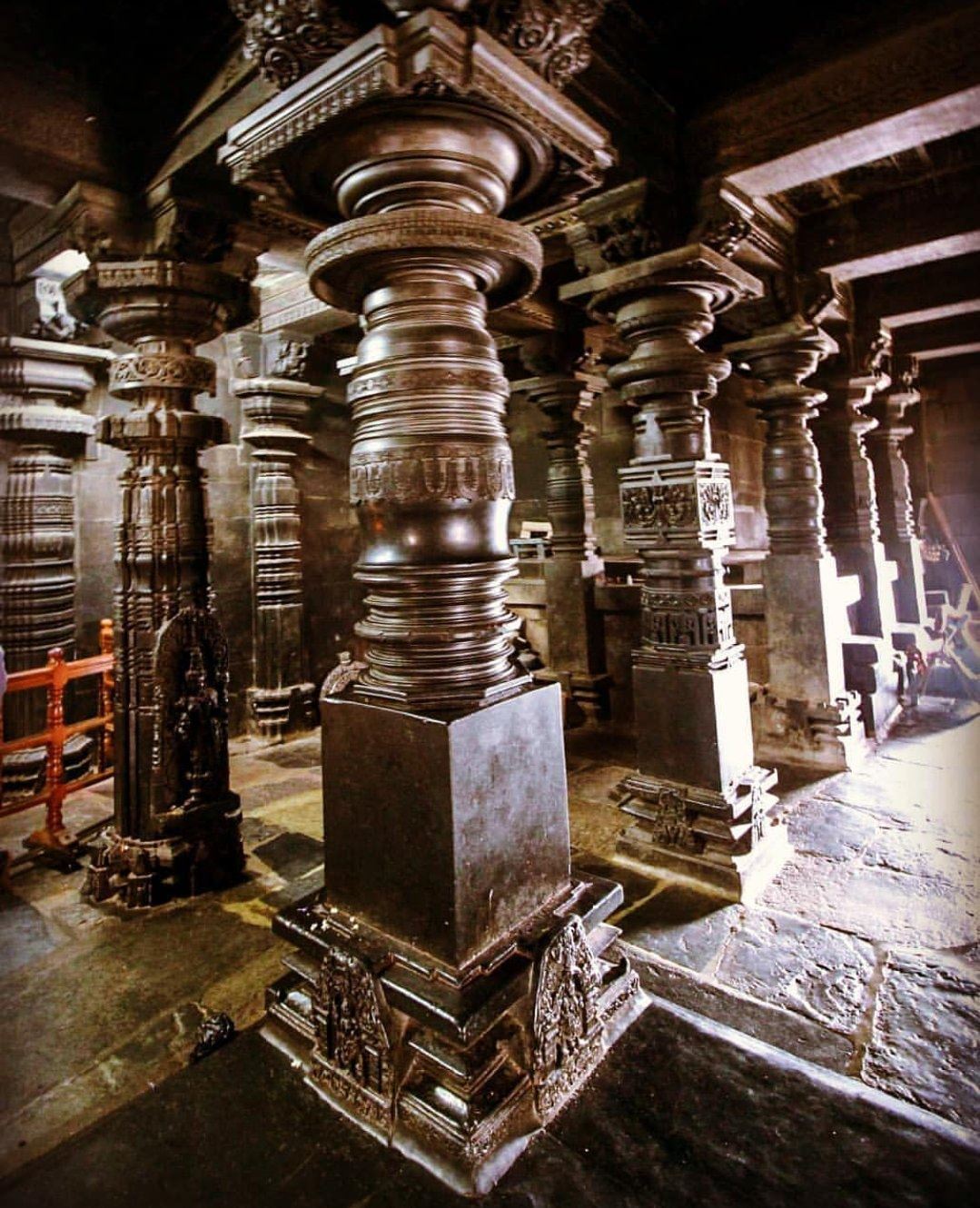
ARULMIGU NELLAIAPPAR KOVIL
The Nellaiappar Temple is a Hindu temple dedicated to the deity Shiva, located in Tirunelveli, a city in the South Indian state of Tamil Nadu. Shiva is worshiped as Nellaiappar (also called Venuvananathar), represented by the lingam, and his consort Parvati is depicted as Kanthimathi Amman.The deity Vishnu is also worshiped here, having witnessed their wedding, according to legend. Hence, this temple is regarded as an abhimana kshetram of Vaishnavism. The temple is located on the northern banks of the Thamirabarani River in Tirunelveli district.
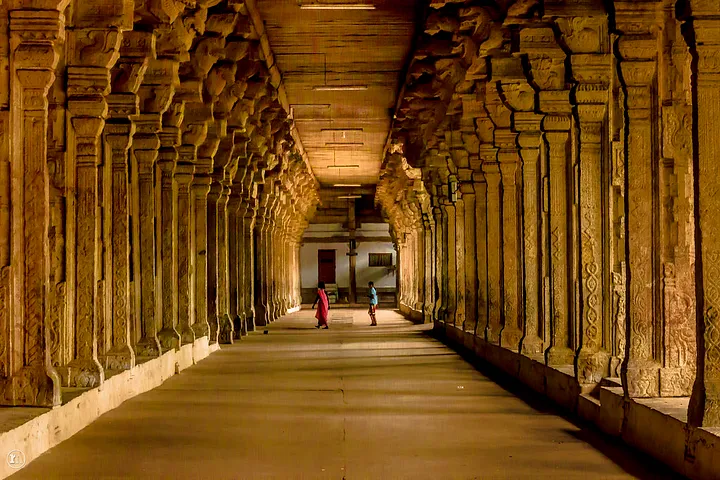
The presiding deity is revered in the 7th-century Tamil Saiva canonical work, the Tevaram, written by Tamil saint poets known as the Nayanmars and classified as Paadal Petra Sthalam. The temple complex covers an area of fourteen and a half acres, and all its shrines are enclosed with concentric rectangular walls. The temple has a number of shrines, with those of Swamy Nellaiappar and his consort Sri Kanthimathi Ambal being the most prominent. The temple has six rituals at various times from 6:00 a.m. to 9:00 p.m. and six yearly festivals on its calendar.
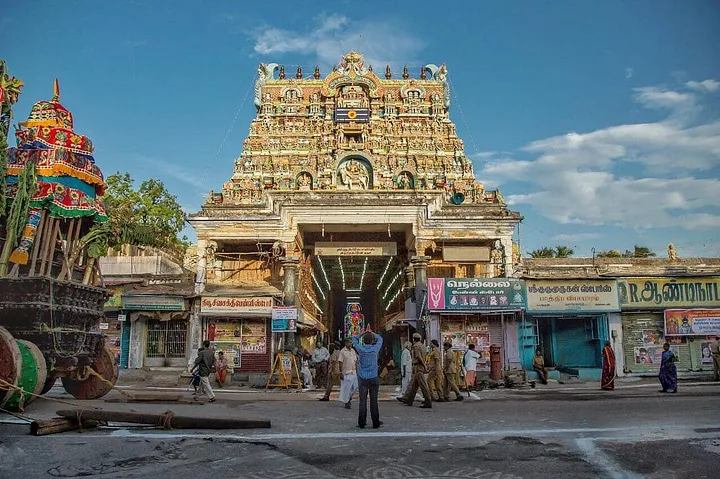
The Brahmotsavam festival during the Tamil month of Aani (June–July) is the most prominent festival celebrated in the temple. The original complex is believed to have been built by the Pandyas, while the present masonry structure was added by the Cholas, Pallavas, Cheras, and Madurai Nayaks. In modern times, the temple is maintained and administered by the Hindu Religious and Charitable Endowments Department of the Government of Tamil Nadu. Tirunelveli is one of the many temple towns in the state, which is named after the groves, clusters, or forests dominated by a particular variety of tree or shrub and the same variety of tree or shrub sheltering the presiding deity. The region is believed to have been covered with Venu forest, hence the name Venuvanam. The original complex is believed to have been built by the Pandyas, while the present masonry structure was added by the Cholas, Pallavas, Cheras, and Madurai Nayaks. The sanctums of the temple and the gopurams were constructed by Nindraseer Nedumaran (Koon Pandian), who reigned in the 7th century AD. The main mandapam with its famous musical pillar was also likely built by Nindraseer Nedumaran.
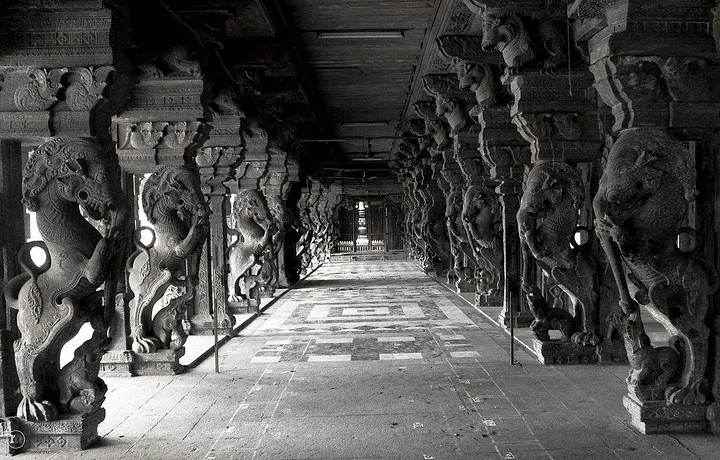
The flag stand near the Nandi was set up in 1155. Later, in Pandya, Kulasekara Pandyan I built the outer wall of the Tirunelveli Nellaiappar temple in the 13th century. Originally, the Nellaiappar and Kanthimathi temples were two independent structures with spaces in between. It was in 1647 that Thiru Vadamalaiappa Pillaiyan, a great devotee of Shiva, linked the two temples by building the “Chain mandapam” (in Tamil Sangili Mandapam). In the center of the Flower Garden is a square vasantha mandapam with 100 pillars.The Nandi mandapam is said to have been built by Sivanthiappa Nayakar in 1654. To the western portion of the chain mandapam is the flower garden that was set up in 1756 by Thiruvengadakrishna Mudaliar
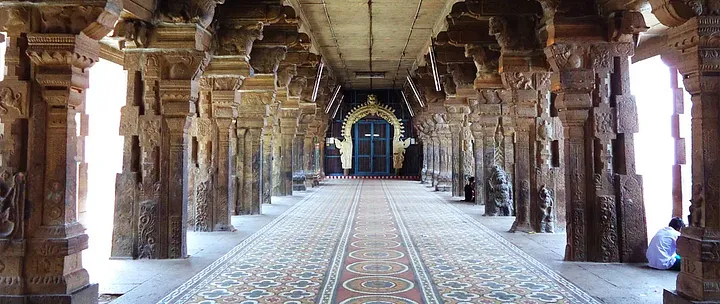
There are a number of stone inscriptions in the temple. The most important of them are those of Veerapandian, who reigned around 950 AD, and those of Rajendran I and Kulothunga Chola I. The inscriptions of Maravarman Sundara Pandyan refer to the Lord as “Woodayar” and “Wodeyanayanar’’ and the Goddess as”Nachiar “. From the inscriptions of Kulasekkara Pandiyan, we learn that he defeated the Chera, Chola, and Hoysala kings and built the outer walls of the temple with the war booty.
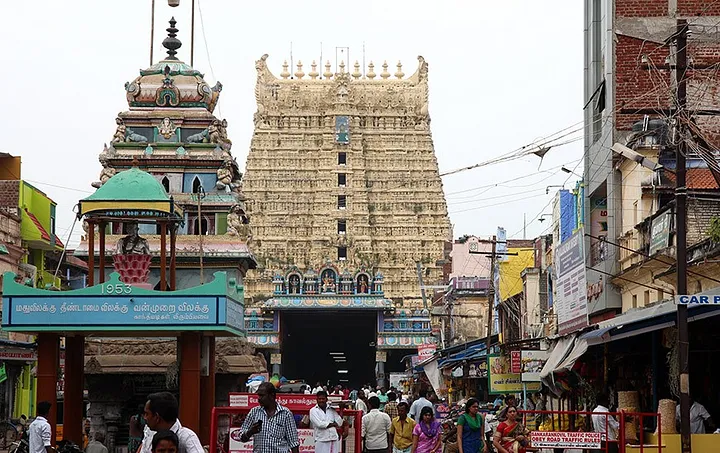
Ata distance of 16 km from Thirumalpuram and 56 km from Tirunelveli, Sri Sankaranarayana Swamy Temple is a famous Hindu temple situated at Sankarankovil in Tirunelveli district of Tamil Nadu. It is one of the top pilgrimage places to visit in the Tirunelveli region and also one of the most popular temples in TamilNadu. The temple is dedicated to Sankaranarayanar, who is the combined manifestation of Shiva and Vishnu. This temple was built by Ukkira Pandiya Thevar in the 11th century AD. This temple is also called Avudaiamman Kovil or Davasu Kovil.
According to mythology, once the devotees of Lord Vishnu and Lord Shiva quarreled with each other to determine whose godpwaserful, ul. Then Lord Shiva appeared as Sankaranarayanar to help his devotees understand that both Hari and Shiva are one and the same. So it is held sacred by Saivites and Vaishnavites as well. Hence, this temple depicts the concept of Hari and Haran being one God. The temple of Sankaranarayana is situated on a 4.5-acre site in the heart of Sankarankovil Town. It is one of the Pancha Bootha Sthalas in the South Pandiya country. With an imposing Rajagopuram rising to a height of 135 feet with nine tiers, this temple is surrounded by high walls, and the tower has many beautiful images. Lord Sri Sankaranarayana is the main deity in this temple. The right portion of the idol has sandals and indicates Lord Siva, with a cobra around his neck and a moon above his head. The left side of the idol indicates Lord
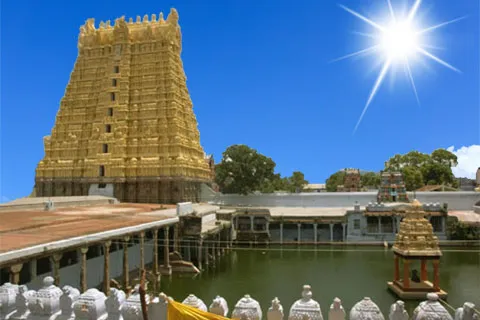
Vishnu having Sankhu in his hand. The Sankaralingam enshrined in the temple was unearthed from a puttru (Ant Hill) and was consecrated as Sri Sankaralinga Swamy in the temple.
The Sankaralingam enshrined in the temple was unearthed from a puttru (Ant Hill) and was consecrated as Sri Sankaralinga Swamy in the temple. During the March and September months, the rays of the sun fall on Sankaralingam for three days from the 21st of the respective months. The goddess of the temple is Arulmigu Gomathi Amman. embossed with the images of such creatures as a solution. Aadi Thapasu in July-August, 10 days of Brahmmotsavam in Panguni-Chithirai in April, the Aippasi wedding festival in October-November, and the Thai float festival in January-February are the popular festivals celebrated in the temple.embossed with the images of such creatures as a solution. Aadi Thapasu in July-August, 10 days of Brahmmotsavam in Panguni-Chithirai in April, the Aippasi wedding festival in October-November, and the Thai float festival in January-February are the popular festivals celebrated in the temple.
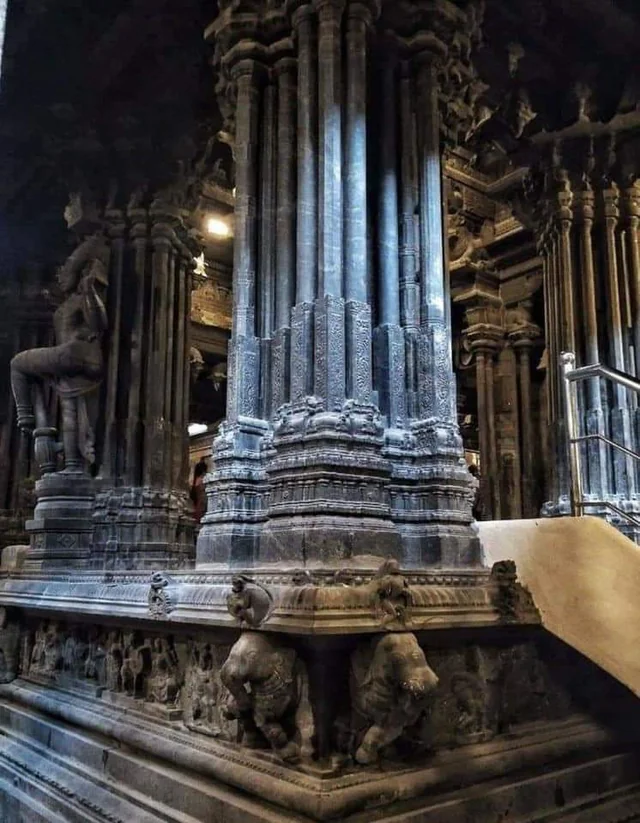
Temple is a good place for meditating and traveling to a different world away from any tensions. We find some peace for a while and free ourselves from all the tension. Many of us visit temples to pray to God to fulfill our wishes. So you don’t need to worry about the budget to visit the places you just want to relax, meditate, and be happy to enjoy the positive vibe for yourself and create wonderful memories for your family and friends because our budget hotels in Tirunelveli are available to enjoy such amazing places to visit and explore our Tirunelveli district. Stay to visit our traditional culture and festivities for two or three days to have a safe and secure travel experience with us.


